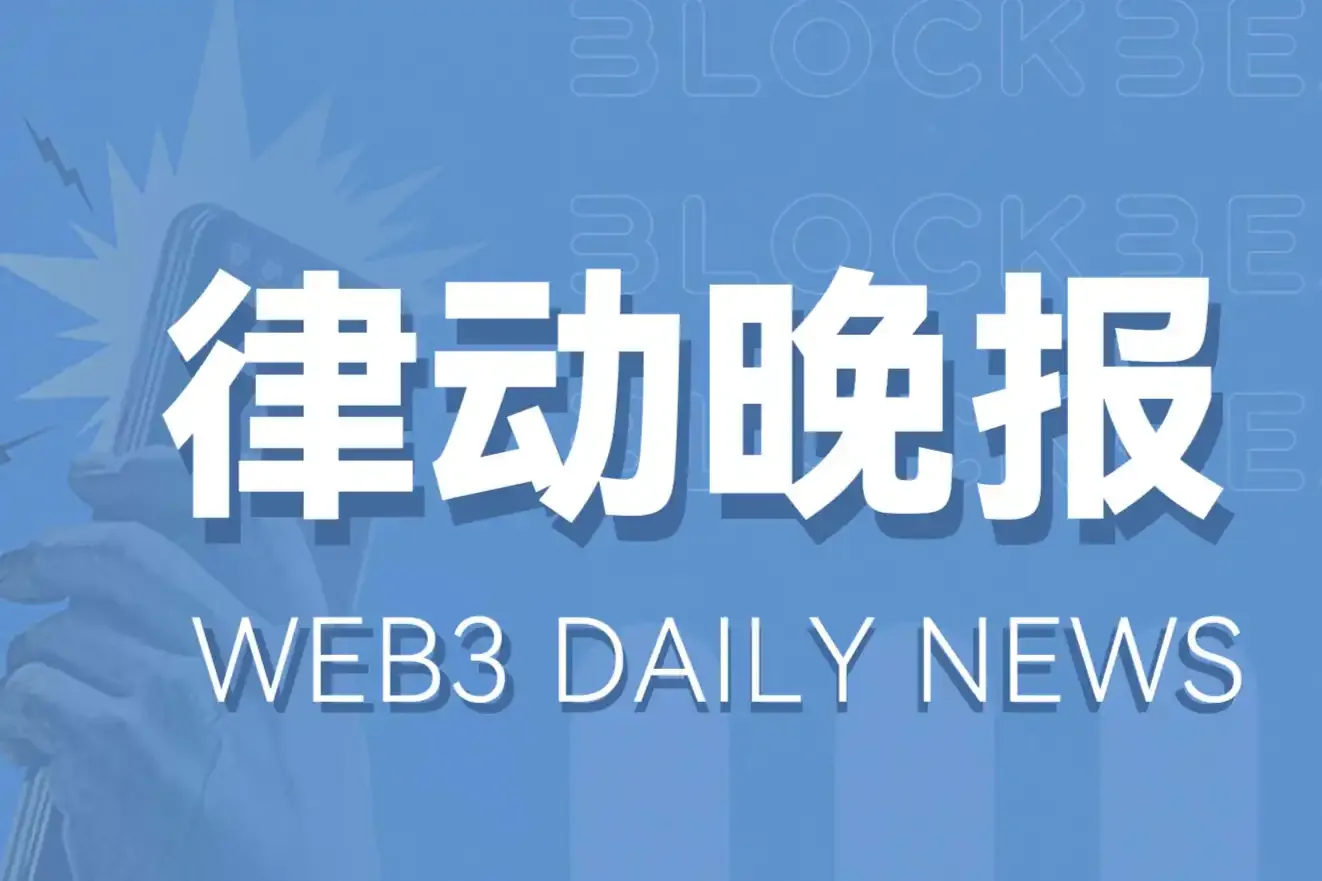Original Title: "The Federal Reserve Suddenly Enters DeFi"
Written by: Carbon Chain Value
Federal Reserve Governor Waller delivered a speech titled "Embracing New Technologies and New Participants in the Payment Space" at the "Payment Innovation" conference hosted by the Federal Reserve Board.
There are two points worth noting in the speech. First, the Federal Reserve is actively engaging in the Crypto revolution. Waller stated that we no longer view the DeFi industry with skepticism or disdain. Waller declared: the Federal Reserve will actively participate in this transformation.
Second, Waller announced that the Federal Reserve is proposing a new type of limited access master account (or what he calls a "streamlined master account"), which all legally qualified institutions can access directly through the Federal Reserve's payment channels, without relying on partner banks. Under this setup, these institutions will not be able to use all the services of a full master account, such as borrowing from the Federal Reserve. Importantly, every legally qualified entity will be able to obtain a master account, and the legal rules for qualification will not change. Essentially, this new streamlined master account will allow the Federal Reserve to greenlight innovative banks, including fintech companies, stablecoin issuers, and other payment companies.
According to on-site reporting by Eleanor Terrett from Crypto In America, this is significant for companies like Custodia Bank and Krakenfx, which have been trying for years to obtain a Federal Reserve master account, with Custodia even suing the Federal Reserve. This move may also accelerate the process for companies like Ripple and Anchorage to obtain accounts, as both companies have submitted applications this year.
Here is the full text of the speech:
Speaker: Governor Christopher J. Waller
Susan, thank you. Good morning, everyone. I am pleased to welcome you to the Federal Reserve Board for our inaugural Payment Innovation Conference. I have two purposes for holding this conference. First, I want to focus on the new technologies emerging in the decentralized finance and cryptocurrency space, and how they integrate into the mainstream payment ecosystem. I look forward to a lively discussion between traditional payment giants and the emerging forces in decentralized finance. Second, I want to send a signal: the Federal Reserve has entered a new era in payments—we no longer view the decentralized finance industry with skepticism or disdain. Instead, today we sincerely invite you to participate in a dialogue about the future of payments in the United States, a dialogue taking place right here in our home—something that would have been unimaginable a few years ago.
As we all know, the technology-driven payment revolution is in full swing, and I hereby declare: the Federal Reserve will actively engage in this transformation.
Numerous technological breakthroughs are reshaping the payment system: stablecoins and tokenized assets based on distributed ledger technology; the rapid proliferation of artificial intelligence (AI); and the trend of these innovations increasingly integrating with the traditional financial ecosystem. This includes the institutions and infrastructure that support our economy's secure and efficient payment system, of course, including the Federal Reserve itself. This payment revolution is driving comprehensive change, and I will elaborate on several new ideas the Federal Reserve is exploring to support these innovations.
Previously, I discussed two fundamental models of payment innovation in a market economy. The first is private sector-driven innovation. The vast majority of innovations originate from the private sector—they have the strongest motivation and conditions to allocate resources and take risks to explore new technologies. The second model is when public sector institutions like the Federal Reserve build platforms and provide services to help the private sector expand new services to customers more conveniently and quickly. Such initiatives should only be implemented when specific market needs are met and within a limited scope. Public institutions, including the Federal Reserve, should take the stance that while maintaining the safety and stability of the payment system, they recognize and embrace private sector innovations that can enhance the payment system. These safety and stability elements are just as crucial for the new generation of innovators as they are for traditional institutions.
Allow me to take a moment to reflect on how we arrived at this point. Since its inception, the Federal Reserve system has worked hand in hand with the private sector to enhance the efficiency of the payment settlement system. From the early stages, the clearing services provided by the Reserve Banks eliminated the need for armored trucks to transport cash daily. Long before we began discussing the "payment rails"—the payment infrastructure driving today's innovations—the Federal Reserve was already operating trains on steel tracks, transporting and clearing paper checks nationwide. In the early 20th century, the Fedwire system began conducting interbank transfers via telegraph lines. Today, we have multiple infrastructures supporting real-time interbank transfer settlements.
This conference will focus on private sector-driven innovation. We have gathered 100 innovators from the private sector who are using cutting-edge technology to create new possibilities in the payment space. The experts present are dedicated to integrating traditional financial payment rails with distributed ledger technology, developing new products and services in the digital asset ecosystem, and promoting the application of artificial intelligence in the payment field.
Notably, the companies participating in these innovations include banks, asset management firms, retail payment institutions, technology companies, and native crypto fintech companies. This indicates that distributed ledger and crypto assets are no longer fringe technologies but are increasingly becoming the cornerstone of the payment and financial systems.
Before hearing from the innovators, I would like to first outline the Federal Reserve's role in supporting the private sector: both as a coordinator to solve collaboration challenges and as an operator of core payment settlement infrastructure. We are also looking to the future, accumulating experience for our payment system through practical research at the intersection of tokenization, smart contracts, and artificial intelligence with payments. This effort aims to gain insights into the innovative dynamics within the payment system, assess whether these technologies can provide opportunities for upgrading our payment infrastructure, and promote deeper dialogue with the industry about new technologies.
While this is a good start, I believe we can and should provide more support for the forces actively driving the transformation of the payment system. To this end, I have asked Federal Reserve staff to explore what I call the "payment account" concept. Currently, the Federal Reserve's various branches provide master accounts and financial services to legally qualified entities based on the "Account and Service Application Assessment Guidelines." The payment account will be open to all legally qualified institutions, particularly valuable for companies focused on payment innovation.
The payment account concept aims to provide basic Federal Reserve payment services to legitimate institutions that currently conduct payment business primarily through third-party banks holding full master accounts. Many qualified businesses engaged in a large volume of payment activities may not need all the functionalities of a master account or the full suite of Federal Reserve financial services to successfully innovate and serve their customers. This proposal aims to tailor new account services based on the needs of businesses and the risks they pose to the Federal Reserve Bank and the payment system. Therefore, the key is that these low-risk payment accounts will enjoy a streamlined review process. Payment innovation is evolving rapidly, and the Federal Reserve must keep pace.
Specifically, I will describe a possible prototype of such a payment account (or "streamlined master account"): this account will effectively manage various risks to the Federal Reserve and the payment system while accessing the Federal Reserve's payment channels. To control the account size and its impact on the Federal Reserve's balance sheet, the Reserve Banks will not pay interest on "payment account balances" and may set balance limits.
Such accounts will not enjoy intraday overdraft privileges—payments will be declined when the balance reaches zero. They cannot borrow through the discount window, nor can they use all Federal Reserve payment services (as the Reserve Banks cannot control the intraday overdraft risks of these services). It is important to clarify that this is only a preliminary concept, aimed at illustrating potential directions for future changes. In short, I believe that the landscape of the payment field and the types of service providers have undergone significant changes in recent years, and the new payment accounts will better align with this new reality.
As Federal Reserve staff study this proposal, they will widely solicit feedback from various stakeholders, gathering insights on the pros and cons of the proposal. Relevant progress will be announced soon.
I will now conclude my remarks to move on to the truly exciting part of this conference—the discussion about innovation and the future of payments. Thank you to all the expert panelists for taking the time to participate, thank you to the attendees here today, and thank you to the many online viewers. A special thanks to the Federal Reserve staff, who have efficiently advanced the preparations amidst a busy fall schedule. Now, let’s continue the conference!
免责声明:本文章仅代表作者个人观点,不代表本平台的立场和观点。本文章仅供信息分享,不构成对任何人的任何投资建议。用户与作者之间的任何争议,与本平台无关。如网页中刊载的文章或图片涉及侵权,请提供相关的权利证明和身份证明发送邮件到support@aicoin.com,本平台相关工作人员将会进行核查。




